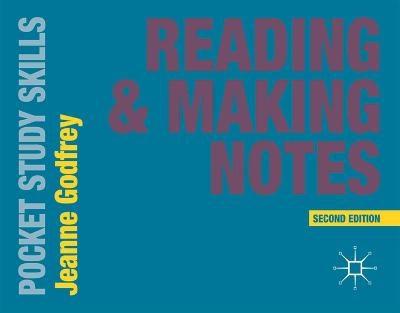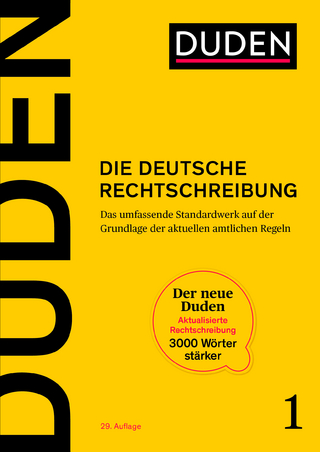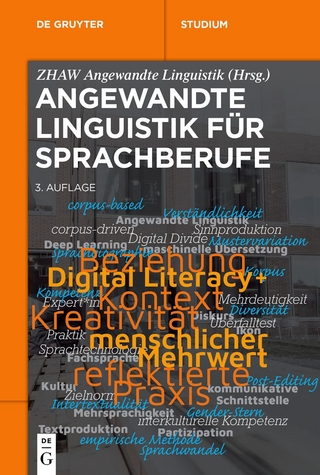
Reading and Making Notes
Bloomsbury Academic (Verlag)
978-1-137-40258-5 (ISBN)
- Titel ist leider vergriffen;
keine Neuauflage - Artikel merken
This practical, pocket-sized guide takes students through the dos and don’ts of making notes and helps them to develop effective reading and note-making strategies. It breaks down the process into clear stages, from understanding assignment titles and fine-tuning sources to using different note-making formats and software. Packed with tips and examples, it will help students to gain confidence in reading for academic purposes and achieve the best marks they can for their work.
Its succinct and accessible style makes it an ideal resource for undergraduates and postgraduates of all disciplines. It would also be a valuable text for mature students who are returning to academic study and looking to brush up on their reading and note-making skills.
New to this Edition:
- Fully updated with brand new content on note-making, short activities and even more illustrative examples
Jeanne has been teaching and managing in the field of English language and academic writing for over twenty years and currently lectures at the University of Leeds UK. She has been Chair of the British Association of Lecturers in English for Academic Purposes and set up one of the first academic writing centres in a UK university. Jeanne is author of The Student Phrase Book, How to Use Your Reading in Your Essays, Reading and Making Notes and Writing for University.
PART I: NOW YOU ARE AT UNIVERSITY
1. Active Reading and Note-making
2. Different Reasons to Read
3. Different Reasons to Make Notes
Summary
Reading
PART II: READING FOR ASSIGNMENTS
4. What Your Lecturers are Looking For
5. Understand Your Assignment Title
6. Take Control of Your Reading List
7....and Go Beyond It?
8. Use Reliable and Academic Sources
9. Fine-tune Your Selection
10. Write Down the Essentials
Summary
PART III: DECIDE HOW YOU ARE GOING TO READ
11. Three Different Ways to Read
12. Plan the Time to Read
13. Create the Right Environment
Summary
PART IV: UNDERSTAND, QUESTION AND EVALUATE WHAT YOU READ
14. Approach the Text Actively
15. Find the Key Message
16. Make Up Your Own Mind
17. Get the Wider Picture
18. What to Do if You Get Stuck
Summary
Making Notes
PART V: THE ESSENTIALS
19. Why Bother Making Notes?
20. Key Features of Effective Notes
21. Useful Strategies and Tips
22. Examples of Good and Poor Notes
Summary
PART VI: MATCH YOUR METHOD TO YOUR CONTEXT
23. Different Note-making Formats
24. Making Notes from Lectures and Audio-visual Material
25. Tools, Technology and Note-making Software
Summary
PART VII: MAKE THE MOST OF YOUR NOTES
26. Review and Rework Your Notes
27. Things to Be Careful of When Using Your Notes
Summary
Final comment
Appendix 1
Appendix 2
Appendix 3
Index.
| Reihe/Serie | Pocket Study Skills | Pocket Study Skills |
|---|---|
| Verlagsort | London |
| Sprache | englisch |
| Maße | 138 x 108 mm |
| Gewicht | 108 g |
| Themenwelt | Schulbuch / Wörterbuch ► Wörterbuch / Fremdsprachen |
| Geisteswissenschaften ► Sprach- / Literaturwissenschaft ► Sprachwissenschaft | |
| Sozialwissenschaften ► Pädagogik ► Allgemeines / Lexika | |
| ISBN-10 | 1-137-40258-X / 113740258X |
| ISBN-13 | 978-1-137-40258-5 / 9781137402585 |
| Zustand | Neuware |
| Haben Sie eine Frage zum Produkt? |
aus dem Bereich


